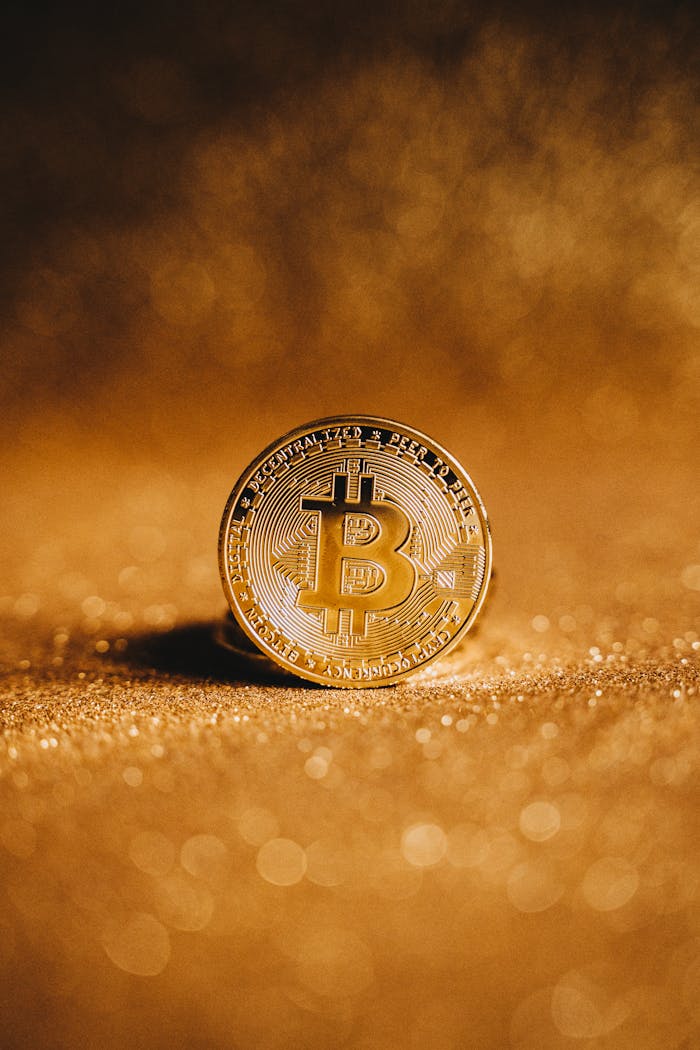Pi Coin, the native cryptocurrency of the Pi Network, has captured the interest of many due to its unique approach and accessible mining process. Understanding the tokenomics of Pi Coin is essential to grasp how the network aims to create value and ensure long-term sustainability. Let’s explore the various aspects of Pi Coin’s tokenomics and how they contribute to the project’s overall vision.
1. Total Supply and Distribution
The total supply of Pi Coin is capped to ensure scarcity and value appreciation over time. The initial supply distribution is designed to reward early adopters and incentivize long-term participation. The distribution model includes:
- Mining Rewards: A significant portion of the total supply is allocated to mining rewards for users who actively participate in the network.
- Developer Pool: A portion is reserved for the development team to fund ongoing project development and operations.
- Community Reserves: A reserve is set aside for future community initiatives, partnerships, and network improvements.
2. Mining and Reward Mechanism
Pi Network’s mining mechanism is designed to be user-friendly and accessible. Unlike traditional cryptocurrencies that require high computational power, Pi Coin can be mined using mobile devices. The reward mechanism includes:
- Base Mining Rate: Users earn Pi coins at a base rate for participating in the network.
- Referral Bonuses: Users can increase their mining rate by inviting others to join the network, promoting community growth.
- Security Circle Bonuses: Forming security circles with trusted contacts enhances the mining rate and network security.
3. Deflationary Model
Pi Coin follows a deflationary model where the mining rate decreases as more users join the network. This approach aims to simulate scarcity and drive value appreciation. Key aspects of the deflationary model include:
- Halving Events: The mining rate undergoes periodic halving events, reducing the rewards over time.
- User Growth Milestones: As the network reaches specific user growth milestones, the mining rate is adjusted to ensure sustainable distribution.
4. Economic Incentives and Value Proposition
Pi Coin’s tokenomics are designed to create economic incentives for users to actively participate in the network. These incentives include:
- Utility Value: Pi Coin can be used for various transactions within the network, such as peer-to-peer transfers, in-app purchases, and e-commerce.
- Staking and Governance: Users can stake their Pi coins to participate in network governance and decision-making processes.
- Community Engagement: Active participation in the network through mining, referrals, and security circles is rewarded with Pi coins.
5. Use Cases and Ecosystem Integration
As Pi Network evolves, the integration of Pi Coin into various use cases and applications will enhance its utility and value. Potential use cases include:
- Peer-to-Peer Transactions: Users can send and receive Pi coins for various goods and services.
- Decentralized Applications (dApps): Pi Coin can be used within dApps developed on the Pi Network.
- E-commerce: Merchants and businesses can accept Pi Coin as a payment method for products and services.
6. Future Prospects and Mainnet Launch
The future prospects of Pi Coin are closely tied to the network’s mainnet launch. Key developments to watch for include:
- Mainnet Transition: The transition from the testnet to the mainnet will mark a significant milestone, enabling fully decentralized operations.
- Enhanced Security: The mainnet launch will bring advanced security features and improved network stability.
- Ecosystem Expansion: Continued development and integration of Pi Coin into various applications will drive its adoption and value.
Conclusion
Pi Coin’s tokenomics are thoughtfully designed to ensure fair distribution, sustainable growth, and long-term value appreciation. By leveraging a user-friendly mining mechanism, a deflationary model, and diverse economic incentives, Pi Network aims to create a decentralized and inclusive digital economy. As the project progresses towards its mainnet launch, the continued development and integration of Pi Coin into various use cases will be crucial to its success.



